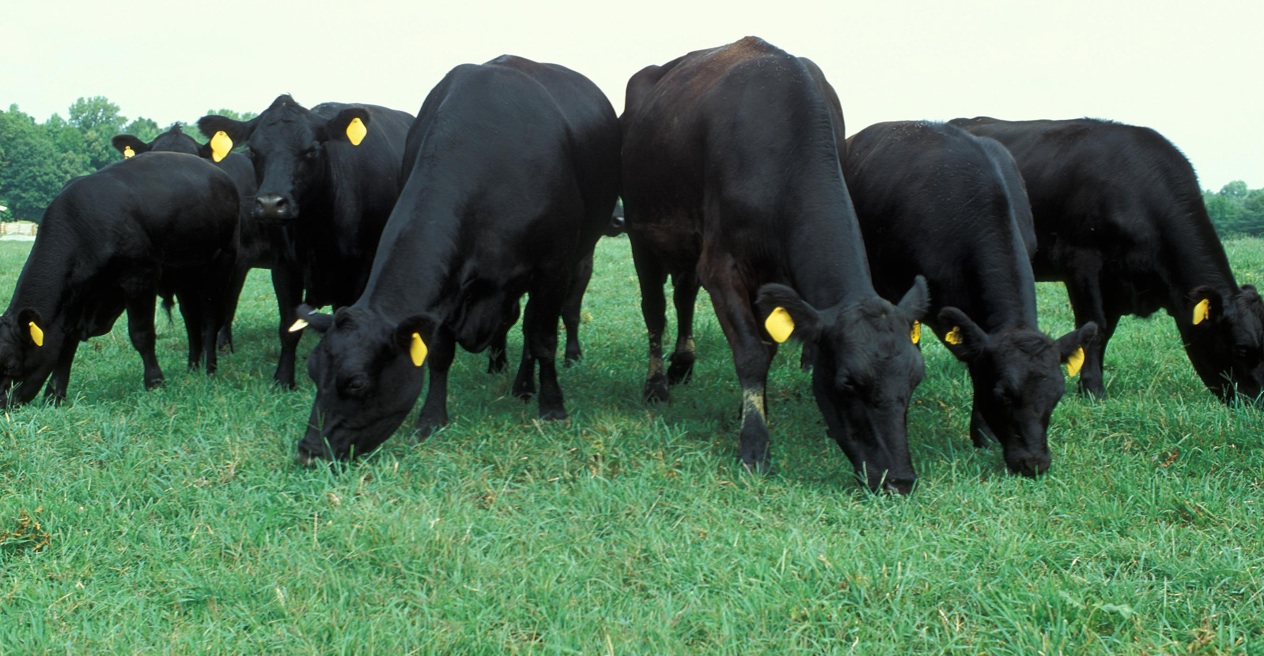
Features
Applications
Beef
GHG regulations could be devastating
April 22, 2009 by National Cattlemens Beef Association
 April 22, 2009, Washington, DC – The National Cattlemen’s Beef
April 22, 2009, Washington, DC – The National Cattlemen’s Beef
Association (NCBA) is concerned about the impact a recent Environmental
Protection Agency (EPA) finding could have on livestock operations.
April 22, 2009, Washington, DC – The National Cattlemen’s Beef Association (NCBA) is concerned about the impact a recent Environmental Protection Agency (EPA) finding could have on livestock operations.
 |
|
| Black Angus cattle. |
The EPA’s finding — which proposes that greenhouse gas (GHG) emissions are an endangerment to public health and welfare — is the first step in a process that could require GHG regulation under the Clean Air Act (CAA).
According to the NCBA, the CAA is ill-suited for GHG regulation. The association is opposed to any attempts to use it for this purpose.
“While the Clean Air Act has done a good job of cleaning up pollutants, it is not adequately equipped to address global climate change,” explained NCBA chief environmental counsel Tamara Thies. “Congress never intended to regulate greenhouse gas emissions under the Clean Air Act, and any attempts to use it for this purpose would be devastating for the U.S. economy.”
The NCBA is suggesting that if the U.S. government decides to regulate GHGs, a cap-and-trade program would be more appropriate, rather than the CAA’s command-and-control regulatory program.
“Allowing the EPA to regulate greenhouse gas emissions under the Clean Air Act would impose untenable burdens, expenses and restrictions on industry, families, and (the U.S.) as a whole,” said Thies.
While agricultural sources are currently generally not required to obtain permits for greenhouse gas emissions, regulation of GHGs under the CAA may trigger such regulation. According to the advanced notice of proposed rule making for regulating greenhouse gases under the Clean Air Act, released last year by the Bush Administration, the U.S. Department of Agriculture estimated that “even very small operations would meet the 100 tons per year emissions threshold to require regulation. As an example, dairy facilities with more than 25 cows, beef cattle operations of more than 50 cattle, swine operations with more than 200 hogs, and farms with more than 500 acres of corn may need to get a Title V permit.”
“Given the fact that America currently has over two million farms, it would be virtually impossible to permit a majority of them,” said Thies. “The amount of paperwork, time delays, and new technology needs would be insurmountable. In addition, most of America’s agricultural producers simply would not be able to afford the regulatory compliance costs that would be imposed on them under such a program, and they would be forced out of business.”
According to the EPA, in 2006, GHG emissions from the entire agriculture sector represented 6.4 percent of total U.S. GHG emissions. At the same time, land use, land use change, and forestry activities resulted in a net carbon soil sequestration of approximately 14.8 percent of total U.S. CO2 emissions, or 12.5 percent of total U.S. greenhouse gas emissions. This means that agriculture provides a significant net benefit to the climate change equation.
“Agriculture should be considered part of the solution to the climate change issue,” said Thies. “Agricultural operations can serve as an important source of carbon offsets to enable regulated industries to comply with any cap set by climate change legislation.”
The NCBA plans to submit comments to the EPA during the upcoming 60-day public comment period.